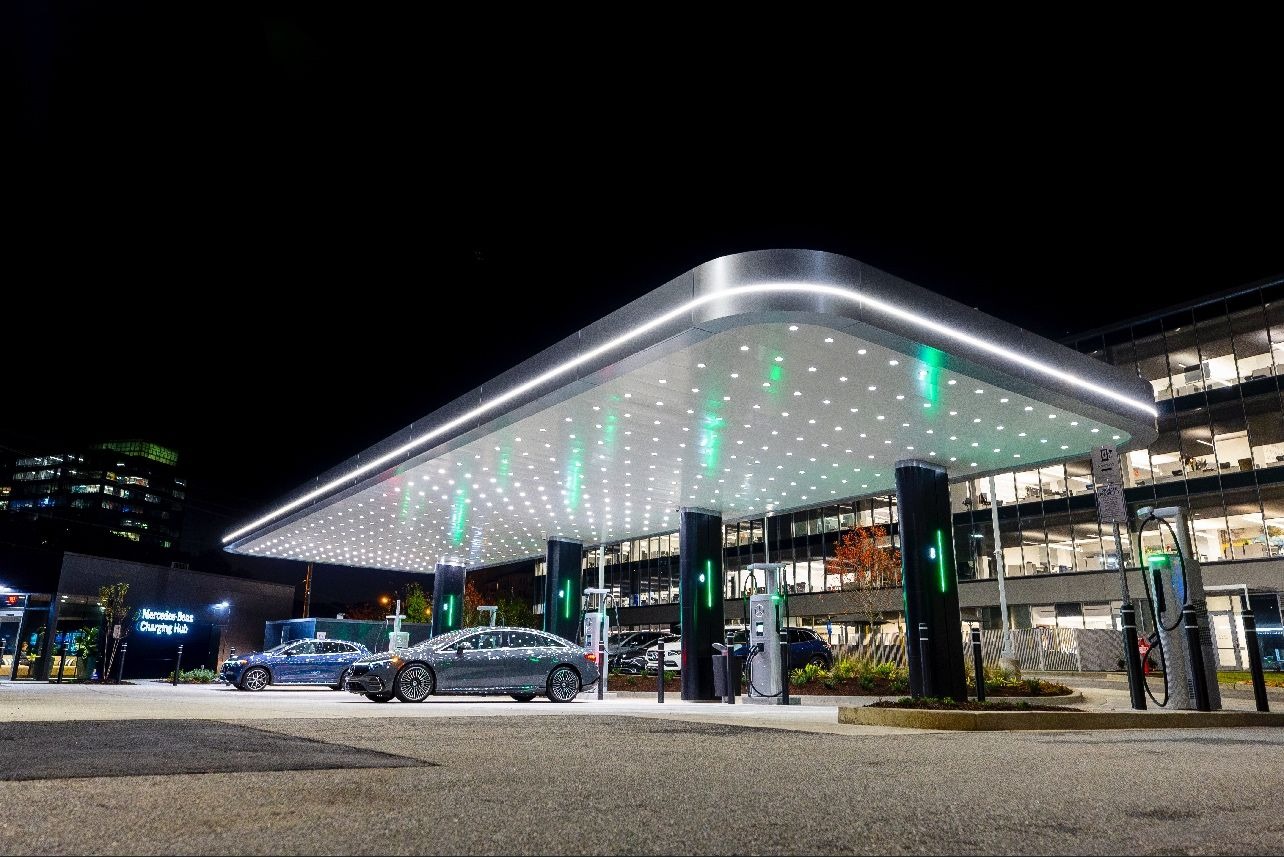Regulations and New Realities of Public Charging for Electric Vehicles
[ad_1]
Recently, the Competition Authority published a detailed report on the competition sector. charging infrastructure for electric vehicles (IRVE). This document aims to promote fair competition in this growing market, for the greatest benefit of consumers.
Competition on Calls for Tenders
About the calls for tenders (AO) on motorways and on the non-concessional national network, the Competition Authority recommends several measures:
- Separate IRVE AOs from fuel and catering AOs. Such separation showed a significant increase in the number of applications, from 2.3 to 7.7 on average.
- Favor low prices for consumers in the rating of charging operators, rather than high rents for motorway concession companies.
- Systematically allocate service areas via tenders rather than over-the-counter agreements, in order to guarantee price moderation.
These recommendations are in line with the positions regularly defended by Electra and shared by the Authority.
Competitive Advantages and Vigilance
The Authority underlines the importance of particular vigilance in the face of certain competitive advantages:
- Charging operators can benefit from privileged access to electricity, due to their status as energy companies.
- Vehicle manufacturers can grant preferential charging conditions for their own vehicles or make their users captive to their network.
Adam’s Law Proposal and Ultra-Fast Recharge
As part of the debates on the Adam Law Proposal, aimed at accelerating the conversion to electric vehicles, a lack of ultra-fast charging stations (> 100 kW) emerged in large cities, notably Paris. In 2020, only six charging hubs were listed, with a preponderance of Tesla.
However, since that date, the situation has greatly improved with more than 180 ultra-fast charging hubs in the Greater Paris Metropolis alone, including 45 operated by Electra.
Taxes: A Brake on Growth?
Another major challenge for fast charging operators is the substantial cost of Tariff for Use of the Public Electricity Network (TURPE). This tax, a French variation of the concept of toll for electrons, has three components:
- An energy component (in €/MWh).
- A power component (in €/MW).
- A fixed component (in €).
For fast charging operators, the power component significantly increases the total cost of TURPE, reaching up to €120/MWh, or around 24% of the final bill for the consumer. This prompts us to question the means implemented to facilitate the transition to electric mobility in France.
New Fundraising and Futuristic Perspectives
To meet growing demand and accelerate the development of charging infrastructure, Electra recently raised 304 million euros. These funds will make it possible to massively expand the network of stations in Europe and continue to invest in ultra-fast charging technologies.
Conclusion
In conclusion, the Competition Authority and operators like Electra are striving to harmonize the rapid development of IRVEs with strict regulations aimed at guaranteeing competition and benefits for consumers. The transition to greener mobility seems well underway, but remains dependent on regulations and future technological innovations.
[ad_2]
Source link
